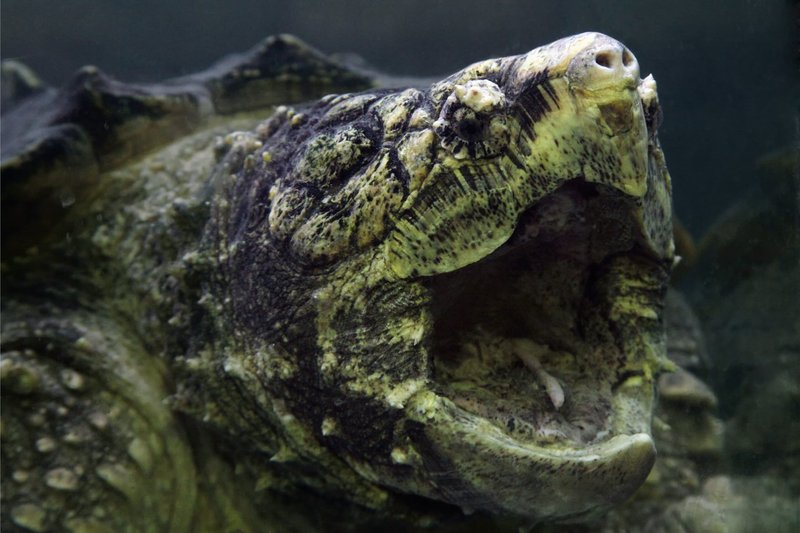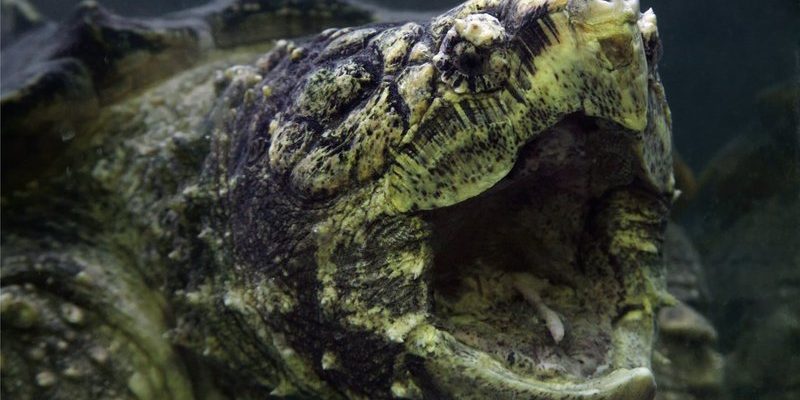
In this article, we’re going to explore the different types of turtles and the ways they can be dangerous. We’ll talk about their behavior, the conditions under which they might become aggressive, and what you need to know to stay safe around them. So grab your favorite drink, and let’s dive into the world of turtles!
Understanding Turtle Behavior
Turtles, like many animals, have their own set of behaviors that can sometimes lead to misunderstandings. Most species are quite shy and prefer to retreat into their shells when threatened. However, when they’re provoked or feel cornered, even the most docile turtle can display aggressive behavior. You might be wondering, what does that look like? Well, some turtles will snap at anything that comes too close, and that bite can be surprisingly strong.
It’s essential to remember that turtles are wild animals. They might not react like a household pet would. When they feel threatened, they can become defensive. Here are a few behaviors to watch for:
- Withdrawal into Shell: This is a typical defensive behavior, but it can sometimes precede aggression if they feel truly cornered.
- Hissing: Some turtles hiss when they feel threatened, which can act as a warning sign.
- Snapping: Certain species, especially snapping turtles, can deliver a strong bite if provoked.
It’s easy to misjudge a turtle’s intentions, so always err on the side of caution when approaching one!
The Types of Turtles That Can Be Dangerous
Not all turtles are created equal. Some species are more prone to aggressive behavior than others, and their size and habitat can play a significant role. Two common culprits are snapping turtles and painted turtles. While snapping turtles often get the bad rap for being aggressive, painted turtles can also bite when threatened.
Snapping turtles are particularly notorious for their strong jaws. They can be surprisingly fast when lunging for a bite. If you come across one, it’s best to keep your distance. On the other hand, painted turtles, while generally less aggressive, can still give a nasty nip if they feel threatened. Their behavior varies widely based on their environment and how accustomed they are to humans.
Here’s a quick comparison of a few types of turtles and their potential for danger:
| Type of Turtle | Potential Danger Level |
|---|---|
| Snapping Turtle | High |
| Painted Turtle | Medium |
| Box Turtle | Low |
| Sea Turtle | Low (generally) |
It’s fascinating how diverse this group of reptiles is, isn’t it? Understanding these differences can help you navigate interactions more safely.
How Turtles Use Their Shells for Defense
Turtles are unique in that they carry their homes on their backs. Their shells are strong, providing them protection from predators. Think of it as their personal fortress. When faced with danger, many turtles simply retreat into their shells, a behavior that can deter potential threats.
However, this doesn’t mean they are completely out of danger. Certain predators, like raccoons or birds of prey, can still eat them. While this makes them less vulnerable, their instinct to hide can sometimes lead to aggression when they feel they have no escape.
If you ever find yourself in proximity to a turtle, it’s best not to invade its personal space. Keep a respectful distance, and allow it to escape into its shell if it feels the need.
Human Interaction and Safety Precautions
Many people enjoy interacting with turtles, whether at petting zoos, aquariums, or even in their backyards. But you might be thinking: “How do I ensure I remain safe?” Here are some tips to keep in mind:
- Never Approach Wild Turtles: Admire them from a distance. Remember, they’re not pets and won’t behave like one.
- Be Cautious When Handling Pet Turtles: Even domestic turtles can bite when startled. If you need to handle one, support its body firmly and calmly.
- Educate Yourself: Learn about the specific species you’re encountering. This knowledge can help you understand their behaviors better.
Taking these precautions can help ensure that both you and the turtle have a safe and enjoyable experience.
Common Myths About Turtles
Now, let’s tackle a few myths that might circulate about turtles, making them seem scarier than they are. One popular myth is that all turtles will bite if you approach them. While it’s true that some can be aggressive, many are harmless and even friendly! It really depends on the type of turtle and the situation.
Another myth is that turtles can’t feel anything. On the contrary, they have nerves and can experience pain, just like any other animal. When they snap at you, it’s often because they’re scared, not because they’re inherently dangerous.
Understanding these myths can help us appreciate these creatures much more. They deserve our respect and care!
So, can the turtle be dangerous to humans? The answer is yes—but it depends on the species and the situation. While most turtles are gentle and prefer to keep to themselves, some can display aggressive behaviors when threatened. By understanding their nature and respecting their space, you can safely enjoy the wonder of these incredible reptiles.
Whether you’re a nature enthusiast or just curious about turtles, knowing how to interact with them can lead to a fascinating experience rather than a frightening one. Just remember to approach with caution and always maintain a respectful distance!

